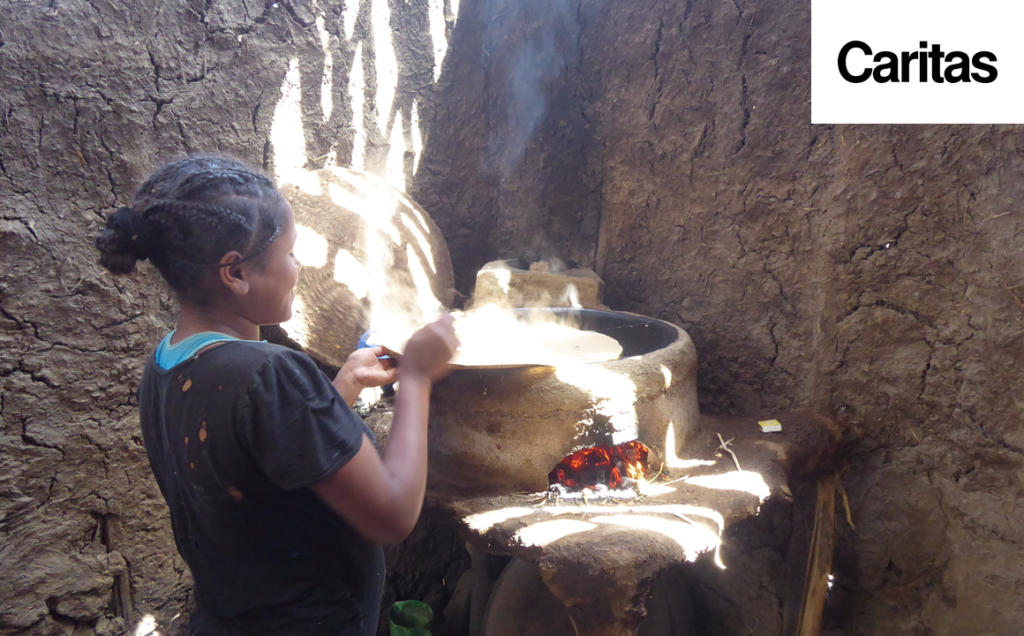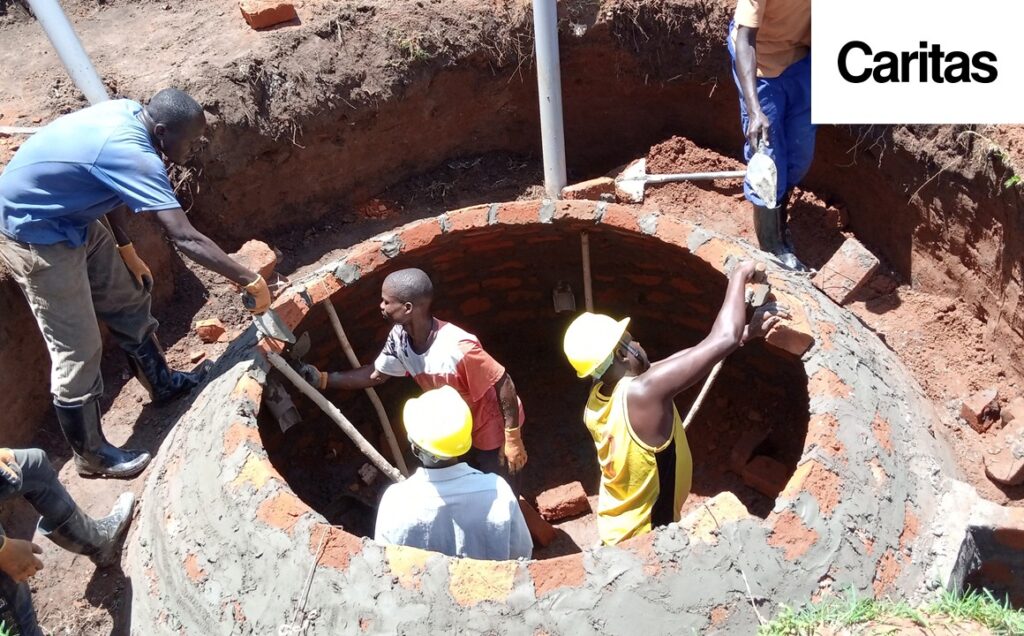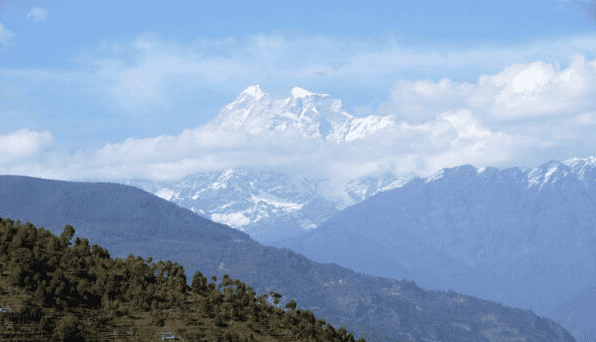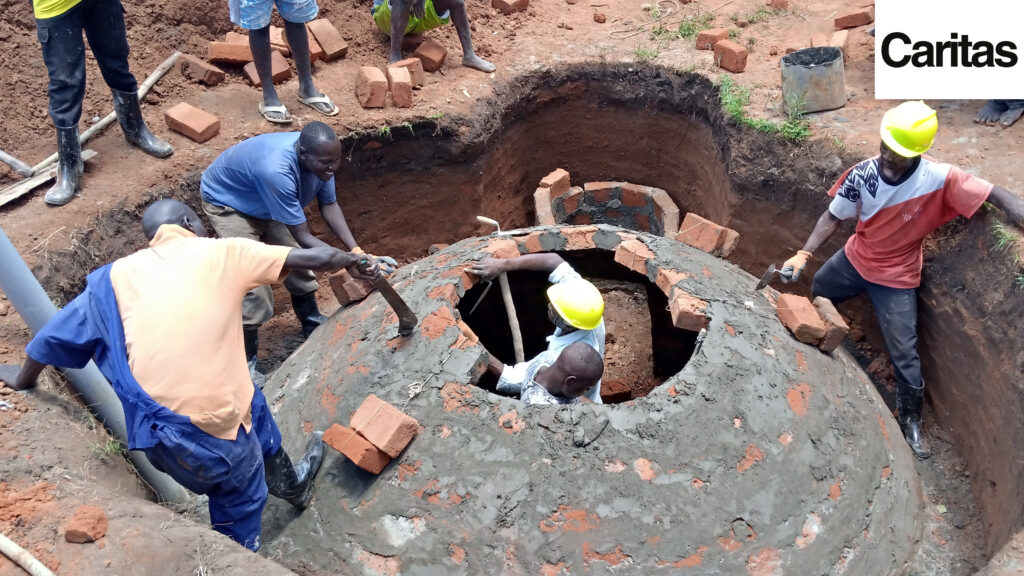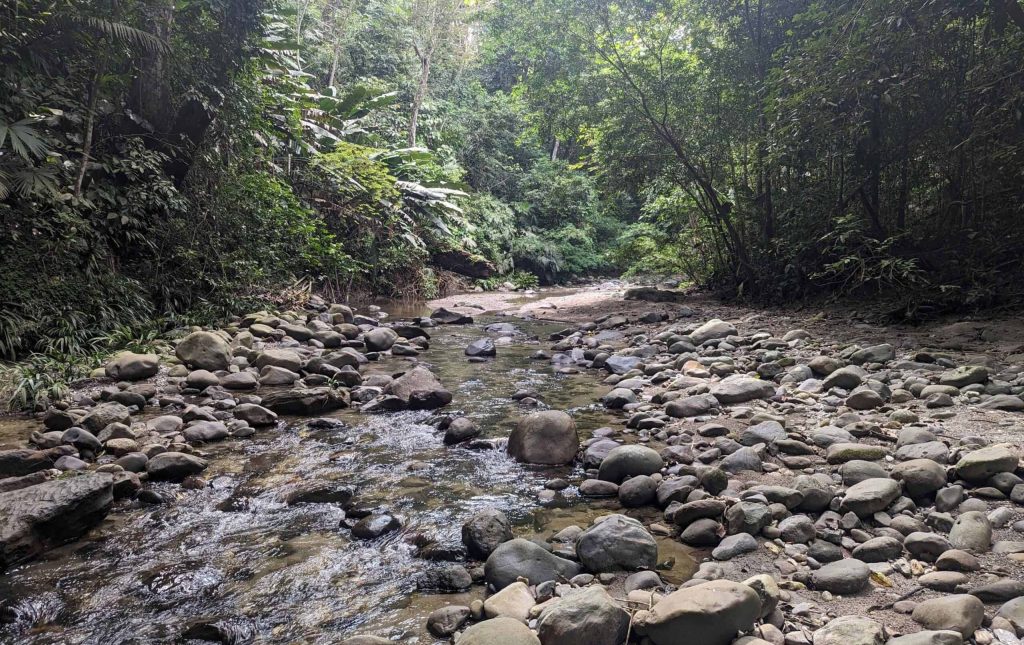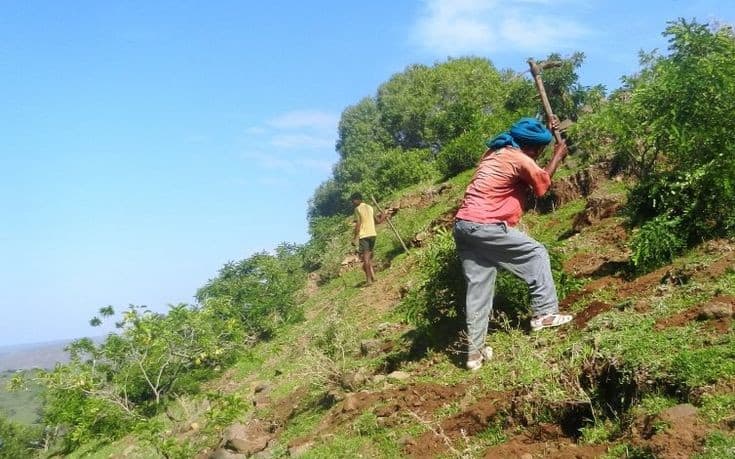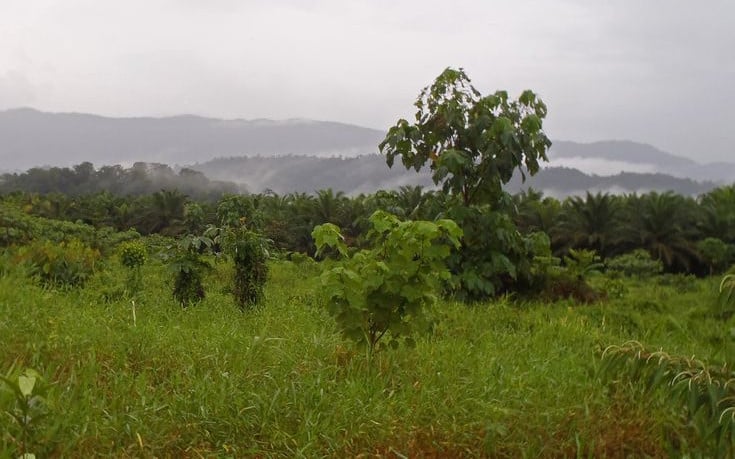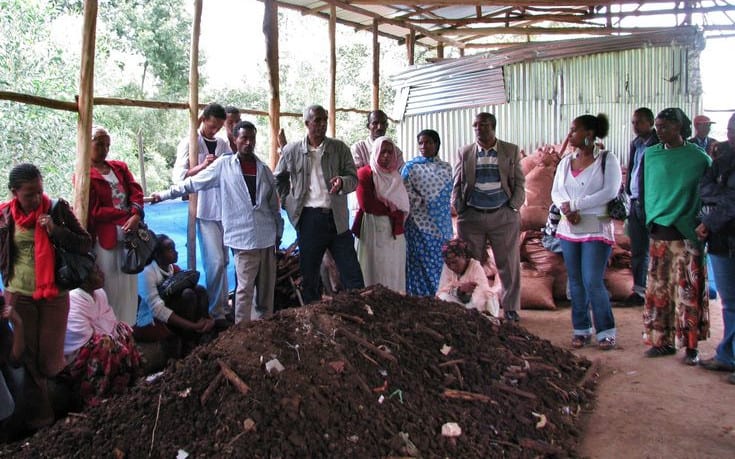Unsere Klimaschutzprojekte im Globalen Süden
Im Folgenden finden Sie einen Überblick über unsere durch Spenden (“Klimaschutzbeiträge”) finanzierten Klimaschutzprojekte im Globalen Süden. Die Projekte im Rahmen unserer “Klimaschutzplattform BOKU x Caritas” können Sie mit einem Klimaschutzbeitrag unterstützen. Alle anderen Projekte sind bereits ausfinanziert – für sie können wir daher keine Spenden mehr entgegennehmen.
PROJEKTE DER KLIMASCHUTZPLATTFORM “BOKU x CARITAS”
Südsudan
- Emissionsreduktion 14.860 t CO2-Äquivalente in 5,5 Jahren
- Ziel Energiesparende Kochöfen und nachhaltige Ziegelproduktion senken Kosten und schaffen neue Einkommensmöglichkeiten für die Jugend.
- Projektdauer Beginn 2023, Begleitung für 5,5 Jahre
Äthiopien
- Emissionsreduktion > 25.000t CO2-Äquivalente in 5,5 Jahren
- Ziel Das Projekt fördert nachhaltige Landnutzung und Einkommensquellen, um ländliche Lebensgrundlagen bis 2030 zu verbessern.
- Projektdauer Beginn 2025, Begleitung über 5,5 Jahre
Norduganda
- Emissionsreduktion 28.000 t CO2-Äquivalente in 6 Jahren
- Ziel Errichtung von 250 Biogasanlagen und 2.400 Energiesparöfen für insgesamt 1.747 Haushalte und Schulen sowie Steigerung der Nahrungsmittelproduktion
- Projektdauer Beginn 2025, Begleitung über 6 Jahre
SONSTIGE PROJEKTE (AUSFINANZIERT)
Siwalik und Gauri Sankar / Nepal
- Emissionsreduktion 17.700 t CO2-Äquivalente in 30 Jahren
- Ziel Wiederaufforstung von 80 ha Brachflächen und Etablierung von Agroforstwirtschaft
- Projektdauer Beginn 2016, Begleitung über 30 Jahre
Gulu / Uganda
- Emissionsreduktion 18.000 t CO2-Äquivalente in 6 Jahren
- Ziel Errichtung von 200 Biogasanlagen für insgesamt 800 Haushalte und Schulen sowie Steigerung der Nahrungsmittelproduktion
- Projektdauer Beginn 2020, Begleitung über 6 Jahre
La Dorada / Kolumbien
- Emissionsreduktion 24.000 t CO2-Äquivalente
- Ziel Erhalt und Schutz des Gebiets mittels der Einführung einer naturnahen Bewirtschaftung, Verbindung mit Kunstworkshops und Forschung
- Projektdauer Beginn 2020, Begleitung über 12 Jahre
Soroti / Uganda
- Emissionsreduktion 20.000 t CO2-Äquivalente in 5 Jahren
- Ziel Implementierung solarer Wasserdesinfektion (SODIS/WADI-Methode) in 2000 Haushalten und Verbesserung der hygienischen Situation
- Projektdauer Beginn 2019, Begleitung über 5 Jahre
Nord-Gondar / Äthiopien
- Emissionsreduktion 5.300 t CO2-Äquivalente in 30 Jahren
- Ziel Überführung von 30 ha Brachflächen in stabilen Niederwald
- Projektdauer Beginn 2012, Begleitung über 30 Jahre
San Miguel / Costa Rica
- Emissionsreduktion 4.400 t CO2-Äquivalente in 30 Jahren
- Ziel Überführung von ca. 15 ha Brachflächen in einen Sekundärregenwald
- Projektdauer Beginn 2016, Begleitung über 30 Jahre
Addis Abeba / Äthiopien
- Emissionsreduktion 600 t CO2-Äquivalente
- Ziel Sammlung und Kompostierung von jährlich rund 8.000 t organischem Abfall
- Projektdauer Beginn 2016, Begleitung über 6 Jahre

